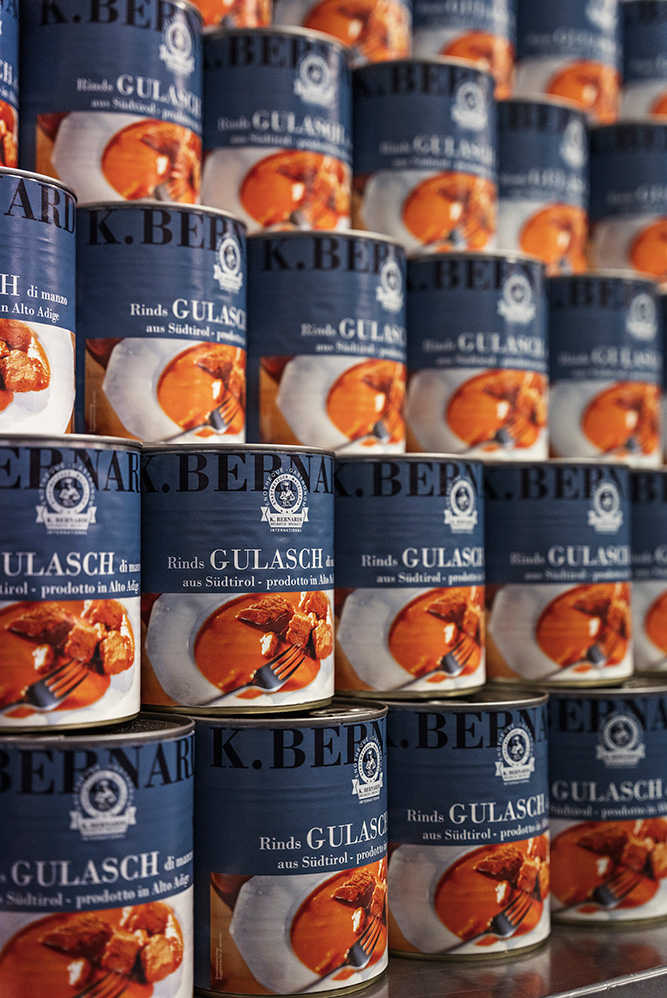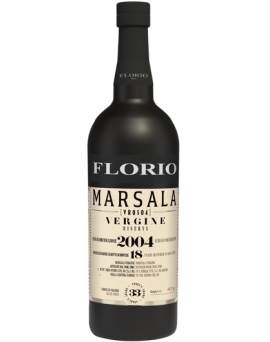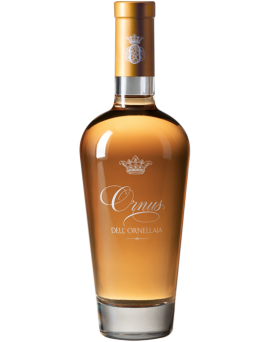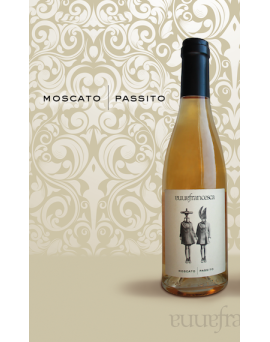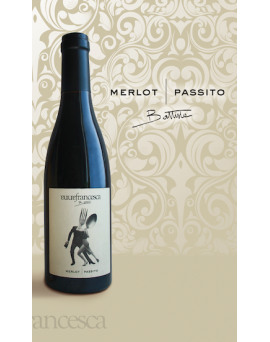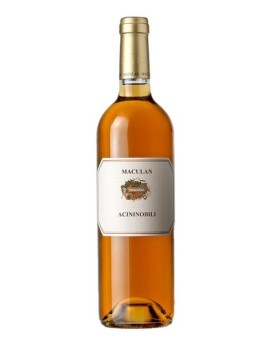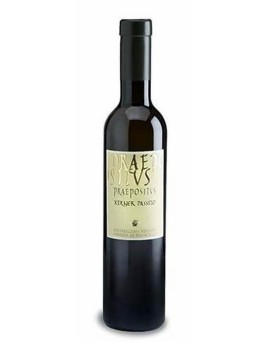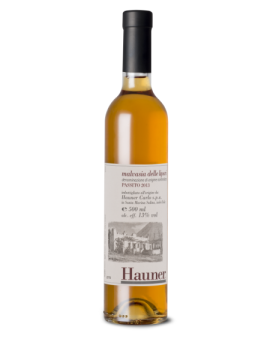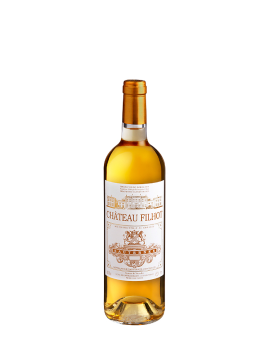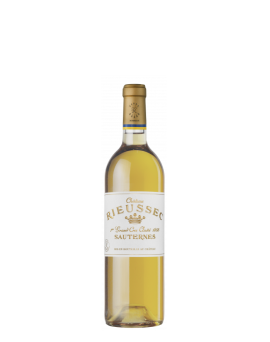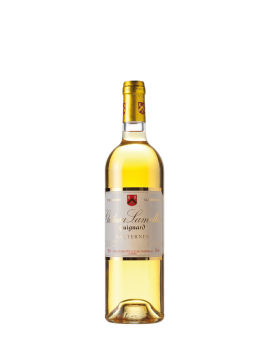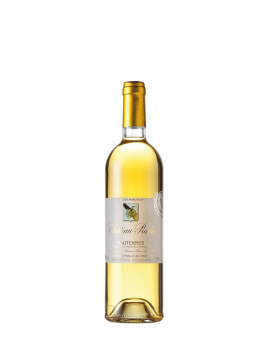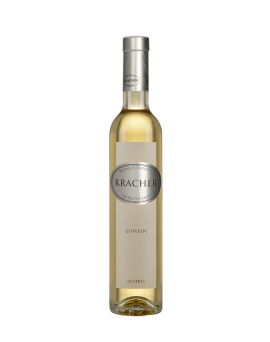Marsala Vergine Riserva...
Marsala Vergine Riserva 2004<br /><br />TYPE: Fortified wine<br />CLASSIFICATION: DOC Marsala Vergine Riserva<br />HARVEST: Manual harvesting, starting in mid-September, of over-ripened grapes on the vine, to build a grape with a high and ripe sugar and polyphenol content<br />VINIFICATION: Energetic extraction forces come into play through the use of the traditional wine press to create musts loaded with colour, high dry extracts and extreme<br />marine flavour. Fermentation in cement, punctuated by continuous micro-oxygenation, which continues into post-fermentation, preparing the wine for the encounter with<br />alcohol, to initiate the first 'act of giving DOC Marsala'.<br />ENJOYMENT: Encounter between wine and a small percentage of ethyl alcohol of viticultural origin<br />AGEING METHOD: 18 years. Marsala Vergine, aged in a small oak barrel for 18 years, has its roots in the Cantina Florio, 143 metres from the sea<br />ALCOHOL CONTENT: 19% vol (38 PROOF)<br />SUGAR CONTENT: 1g/l, due to the presence of residual sugar in the wine<br />ANGEL'S SHARE: 33%.<br />SERVING TEMPERATURE: 14° - 16°C<br />METHOD OF STORAGE: In a cool, not excessively humid place, protected from light<br />DURATION: Marsala that, if kept in suitable cellars, has practically no time limits<br />NUMBER OF BOTTLES PRODUCED: 2.533<br />
Price
€87.80

